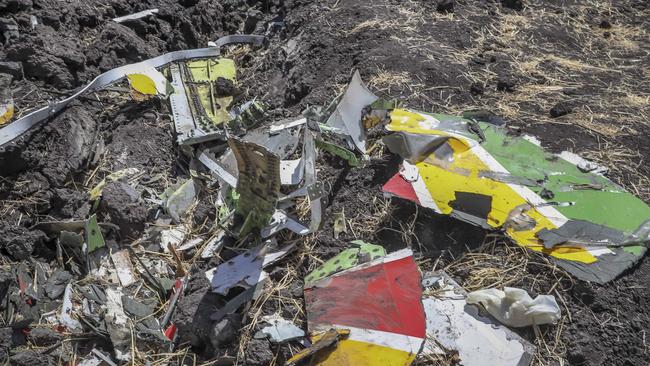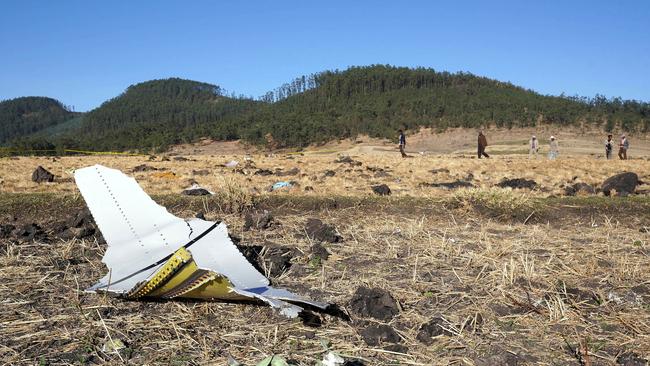
The deadly crash of Ethiopian Airlines’ flight 302 will raise more questions about the safety of the Boeing 737 Max 8 aircraft involved.
Although it is too early to speculate on the cause of the crash, the similarities between the disaster and that of Lion Air flight 610 last October cannot be ignored.
For a start, both incidents involved near new Boeing 737 Max 8 aircraft. The Ethiopian Airlines’ aeroplane had only been delivered in November and was one of five in the company’s fleet.
Like the Lion Air incident, the pilot of Ethiopian Airlines flight 302 experienced problems shortly after take-off from Addis Ababa and requested to return.
The aircraft lost contact with Air Traffic Control shortly afterwards, crashing about 50km south of Addis Ababa.
All 157 people on board were killed and the fuselage completely destroyed.
The crash of Lion Air flight 610 on October 29, 2018, claimed 189 lives.
The only other known fact at this point, is that the aircraft was experiencing unstable vertical speed, at least according to data collected by Flight Radar 24.
Aviation consultant Neil Hansford says that suggests the plane was “porpoising” as the pilot struggled to gain control.

If that is the case, it again brings into question the MCAS or manoeuvring characteristics augmentation system, which is designed to lower the nose of the aircraft in response to the angle of attack drifting too high and putting the aircraft at risk of stalling.
The angle between the chord line and the flight direction is called the angle of attack, and has a large effect on the lift generated by a wing.
If the sensor sends information that the aircraft is ascending too steeply (putting it at risk of stalling) the MCAS pushes the nose of the plane down.
The system was thrust into the spotlight in the wake of the Lion Air crash, after pilots in the US and Indonesia claimed Boeing had not informed them about the MCAS feature.
It prompted an emergency directive from the Federal Aviation Administration and action by Boeing, providing further information and advice on how to respond to such an incident.
The preliminary report on Lion Air flight 610 suggested unreliable airspeed readings from an angle of attack sensor, triggered the MCAS “anti-stalling” feature as the pilot tried in vain to control the aircraft.
As the nose of the plane was forced down, the pilot fought to bring it up — with the sequence repeated 26 times before the aircraft crashed into the Java Sea.
Although Lion Air has threatened to pull its order for 737 MAX aircraft, Boeing’s sales have otherwise not been adversely affected by the incident.
To date, 354 of the aeroplanes have been delivered to airlines and 2912 are on order.
Virgin Australia is expecting to take delivery of its first 737 MAX 8 late this year, one of 30 on order.
Fiji Airways operates the aircraft on flights from Nadi to Adelaide, and Southwest and American Airlines in the US fly a total of 59 737 MAX 8s on domestic routes.
It is very much in Boeing’s interests to find the black box recorders from Ethiopian Airlines flight 302 and establish exactly what happened on on-board the 737 MAX 8.
Indonesia’s Transport Ministry has already ordered a nationwide inspection of the aircraft in response to the latest incident, and Boeing is providing technical assistance to investigators, under the direction of the US National Transportation Safety Board.
Potentially making matters worse for Boeing, is the fact the aircraft manufacturer will host a large contingent of media in Seattle this week for the much anticipated launch of the 777X.
Despite the buzz around the aircraft — billed as the successor to the beloved Boeing 747 — the launch seems likely to be overshadowed by the Ethiopian Airlines’ crash and questions about the 737 MAX 8.




